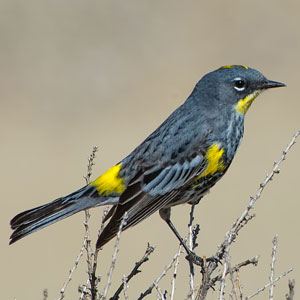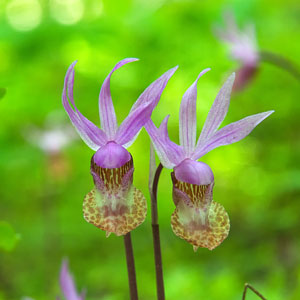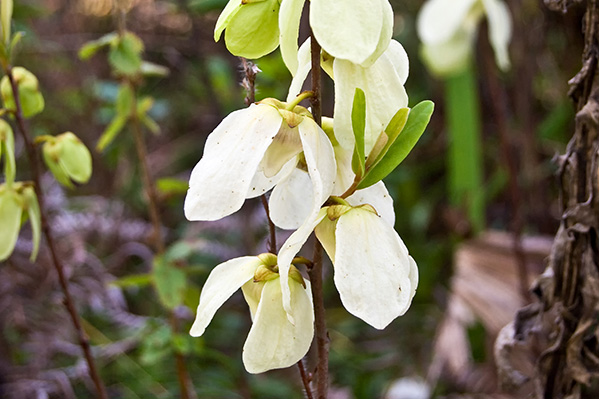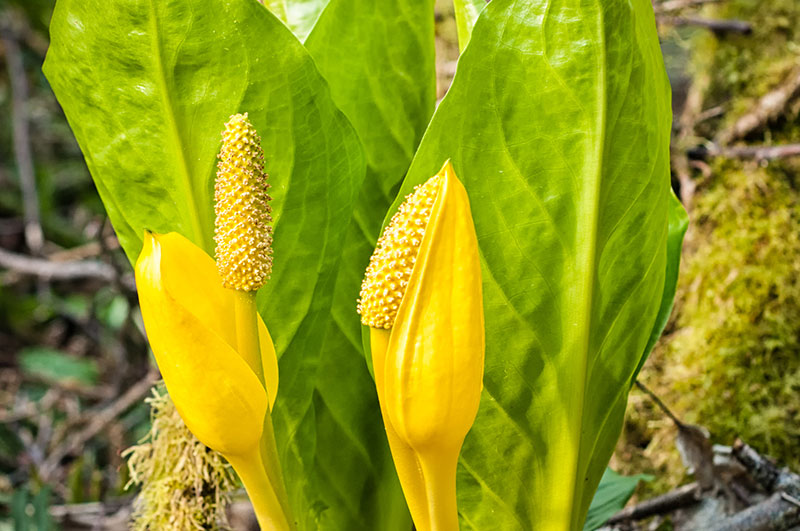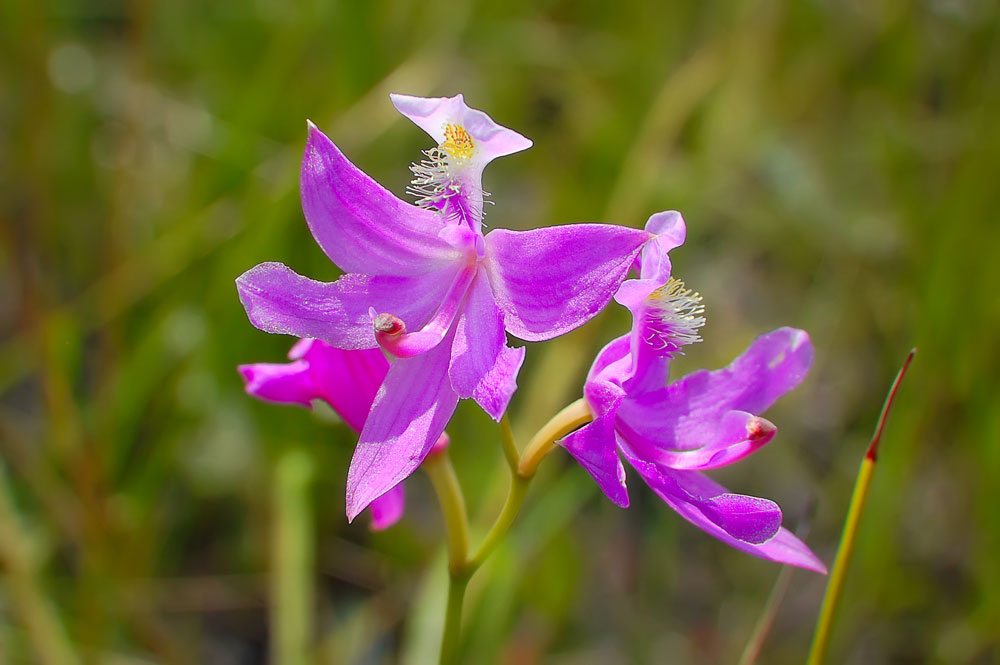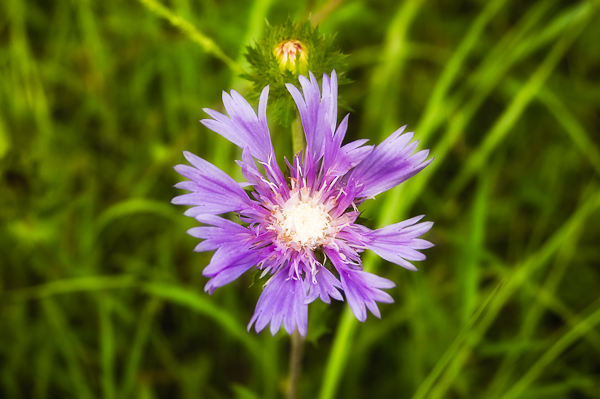Wildflowers by Family A-B
By far our largest collection of galleries, these image sets are arranged by both color and by taxonomic family for use as a casual identification tool or field guide, or for more thorough scientific research for deeper understanding.
Acanthaceae (Acanthus Family)
Flowers of the acanthus family include a wide range of the world’s wildflowers found all over the world and in wildly varying habitats. These include honeysuckle, wild petunias, and bear’s breeches.
Aizoaceae (Ice Plant Family)
Members of the wildflower family Aizoaceae are commonly known as stone plants, carpet weeds or vygies. Most of them are native to Africa, although some species can be found growing natively in Australia and the Central Pacific. All species found in North America are either invasive species or escapees from gardens.
Alismataceae (Water Plantains)
Mostly aquatic in nature, members of the pond and marsh-loving Alismataceae family include the water plantains, burrheads and arrowheads that are very important in their ecosystems. The underwater stems and above-water leaves provide protection and shade for fish, amphibians, invertebrates and birds while the starchy tubers that grow under the mud have been a food source for humans for millennia. Even the roots help protect sensitive wetland banks from erosion.
Amaranthaceae (Amaranth Family)
The amaranth family of flowering plants have a largely worldwide distribution, and are commonly found in deserts, estuarine or alkaline habitats, the tropics and and some temperate regions with more than 2,500 species, mostly herbs and subshrubs. Most commonly known members of this family include commercially important crops such as quinoa, amaranth, spinach and sugar beets!
Amaryllidaceae (Amaryllis Family)
Amaryllids are very popular with horticulturists, gardeners and plant enthusiasts as ornamentals because of their fantastical shapes, colors and lily-like appearance. Members of the Amaryllidaceae include traditional bulb-grown favorites such as daffodils, crinum and spider lilies (both of the latter not true lilies). Many of the native species of North America rival the beauty of the most popular greenhouse-cultivated varieties!
Anacardiaceae (Cashew and Sumac Family)
This viciously poisonous and sometimes delicious botanical family is one that has gotten everyone’s attention in a bad way at least once in their life. Anacardiaceae includes such favorites as poison ivy, poison oak, South Florida’s poison tree as well as mangoes, cashews and even pistachios! Sumac is also a widespread member both as poison sumac, and the delicious sharp, citrusy spice also confusingly known as sumac!
Annonaceae (Custard Apple Family)
If a botanical family in botany could be compared to pure joy, this would be it. This large group of tropical plants is responsible for such delicacies as the custard apple (sugar apples, cherimoyas, atemoyas included), the soursop (also known as the guanabana in Latin America), paw-paws and pond apples in the Deep South and the highly aromatic and tantalizing ylang-ylang. This genus is found around the globe in temperate regions of the Americas, Indonesia/Malaysia and Africa.
Apiaceae (Carrot and Parsley Family)
Without the Apiaceae family, nearly every ethnic group on earth would have a very different cultural cuisine. Plants in this group include carrots, celery, parsley, coriander (cilantro), dill, cumin, parsnips, anise and fennel. On the other hand, some of the deadliest plants in the world are also included in this family – water hemlock and poison hemlock. In North America, the dangerous native species look very much like the non-poisonous species so extreme caution is advised!
Araceae (Arum Family)
The arum family is a particularly weird botanical group. A distinguishing feature is the presence of something called a spadix which is a finger-like projection covered in tiny flowers that are cupped by a leaf-like bract. Many species will give off a noxious odor, often similar in odor to rotting flesh and will actually give off heat. This attracts the many carrion-loving beetles and flies which are their main pollinators. Members of Araceae include the plant that brings us the culinarily important taro, the common houseplants pothos, anthuriums and calla lilies (not really lilies), philodendrons, caladiums, skunk cabbage and the the aquatic plant with the world’s smallest flower – duckweed.
Arethuseae
Arethuseae are a small tribe of tropical and subtropical terrestrial orchids that are commonly found in scattered populations in the American Southeast, and in particular in Southern Florida. The exception is the genus Calopogon, which is found in all of the eastern half of United States and in all of the Canadian provinces east of Saskatchewan. Our native species include the pine-pinks, pine-pinks and crested coralroots.
Aristolochiaceae (Birthwort Family)
Birthwort Family: Members of the bizarre botanical family are known for their often toxic, volatile oils resulting in a somewhat hot or “spicy” taste, usually in a very unpleasant to a quite dangerous way, with the exception of the commercially important ginger root. Generally, all of them reproduce via very strange, unusual-looking flowers that often mimic carrion to attract pollinators.
Asclepiadaceae (Milkweeds)
This easy-to-recognize family includes all of the milkweeds, and well as some less familiar flowering plants such as bloodflowers and calotropis. In North America, we have a large variety of stunning milkweeds that are essential for many species of our native butterflies – most famously the monarch butterfly, who would not exist without it as both a food source and a place to lay its eggs.
Asparagaceae (Agaves and Yuccas)
Since a recent name-change from Agavoideae to Asparagaceae, this commercially important family of tough, hardy and often desert-loving flowering plants is responsible for such sugary treats as agave nectar, desert icons such as the Joshua Tree, the century plant, historical military fort defenses in the form of impenetrable walls of the malicious and calvary-stopping “Spanish daggers” employed by the Spaniards in the New World and to those Southern Mexican species that when the sap from the pulverized plants get fermented, they become the cultural delights known today as tequila and mescal!
Asteraceae (Thistles, Asters and Daisies)
Can you imagine spring or summer day without our beloved daisies, sunflowers, asters, zinnias, dahlias, chrysanthemums, heleniums and thistles? North America is home to a massive number of native, wild species of these seasonal beauties!
Balsaminaceae (Balsam Family)
Plants in the Balsaminaceae family, also known as the balsam or touch-me-not family, are best represented in North America by our native impatiens, jewelweed, touch-me-not, snapweed and patience.
Berberidaceae (Barberry Family)
The barberry family is easily overlooked and also easily recognized by its stiff holly-like leaves, tight clusters of yellow flowers, followed by blueberry-like fruits. The most common species encountered in North America is the Oregon grape (which is not at all related to what we know as true grapes, in the Vitaceae family).
Bignoniaceae (Catalpa Family)
The attractive flowering deciduous trees of the botanical family Bignoniaceae are collectively known as the catalpa family. All of them are native to the subtropical warm temperate regions of North America, the Caribbean, and East Asia, and bear distinctive bean-like seed pods.
Boraginaceae (Borages and Forget-Me-Nots)
A collection of wild native North American wildflowers photographed in their natural environment belonging to the borage and forget-me-not family: Boraginaceae.
Brassicaceae (Mustard Family)
The mustard and cabbage family of plants is a very important commercially and agriculturally for both people and wildlife and is responsible for giving us such common crops as broccoli, cabbage, kale, mustard seeds, cauliflower, turnips, radishes, horseradish, rapeseed and the list goes on. Native species found in the wild in North America are easy to spot as they always have four petals with four long and two short stamen.
Burmanniaceae (Burmannia Family)
This interesting, at least semi-parasitic family of plants is not reliant on the sun and photosynthesis for its food. In fact, it behaves like many myco-heterotrophic orchid species, relying on relationships with other plant species that steal nutrients by surrounding or actually piercing the host plant’s root system.



